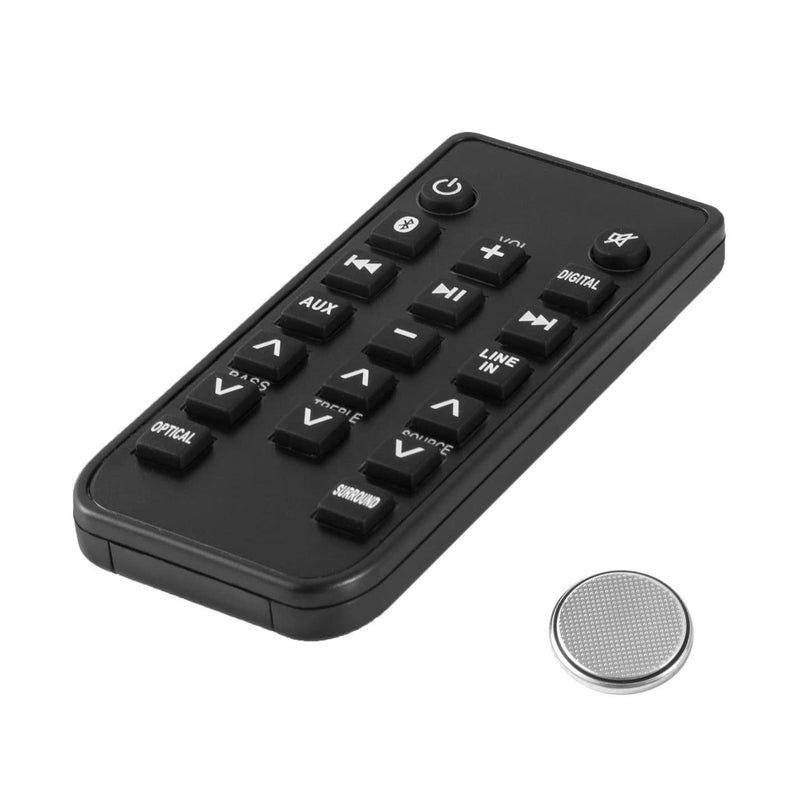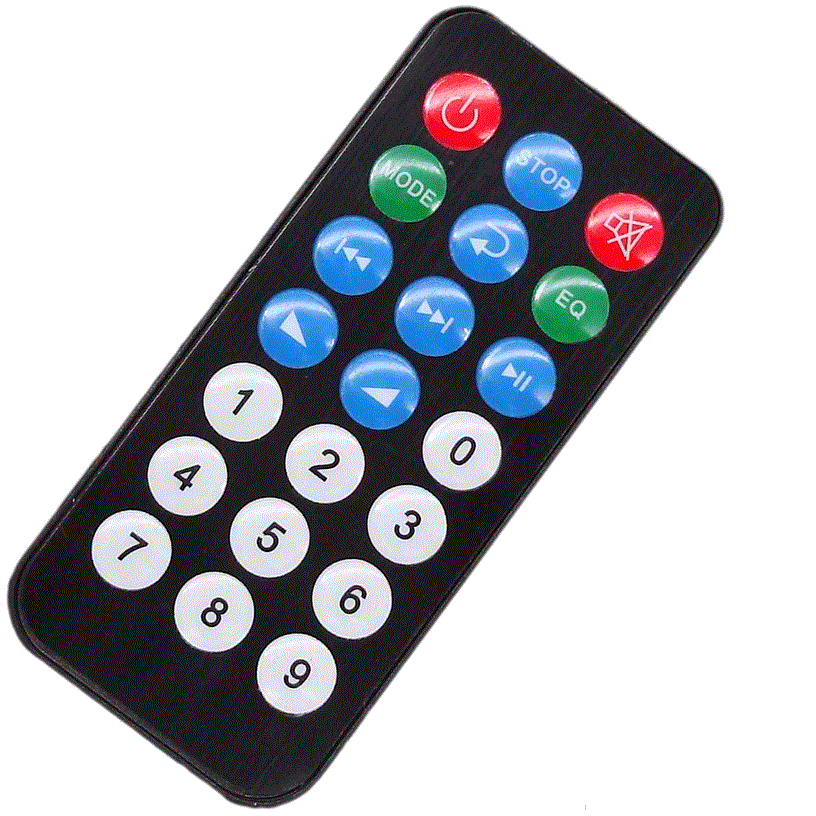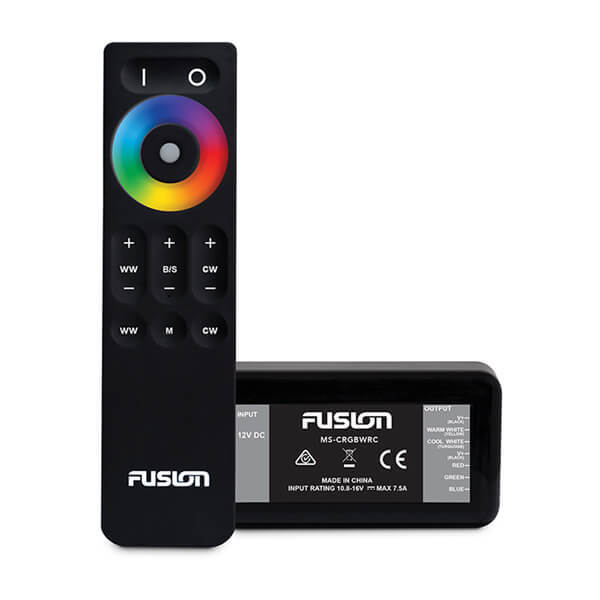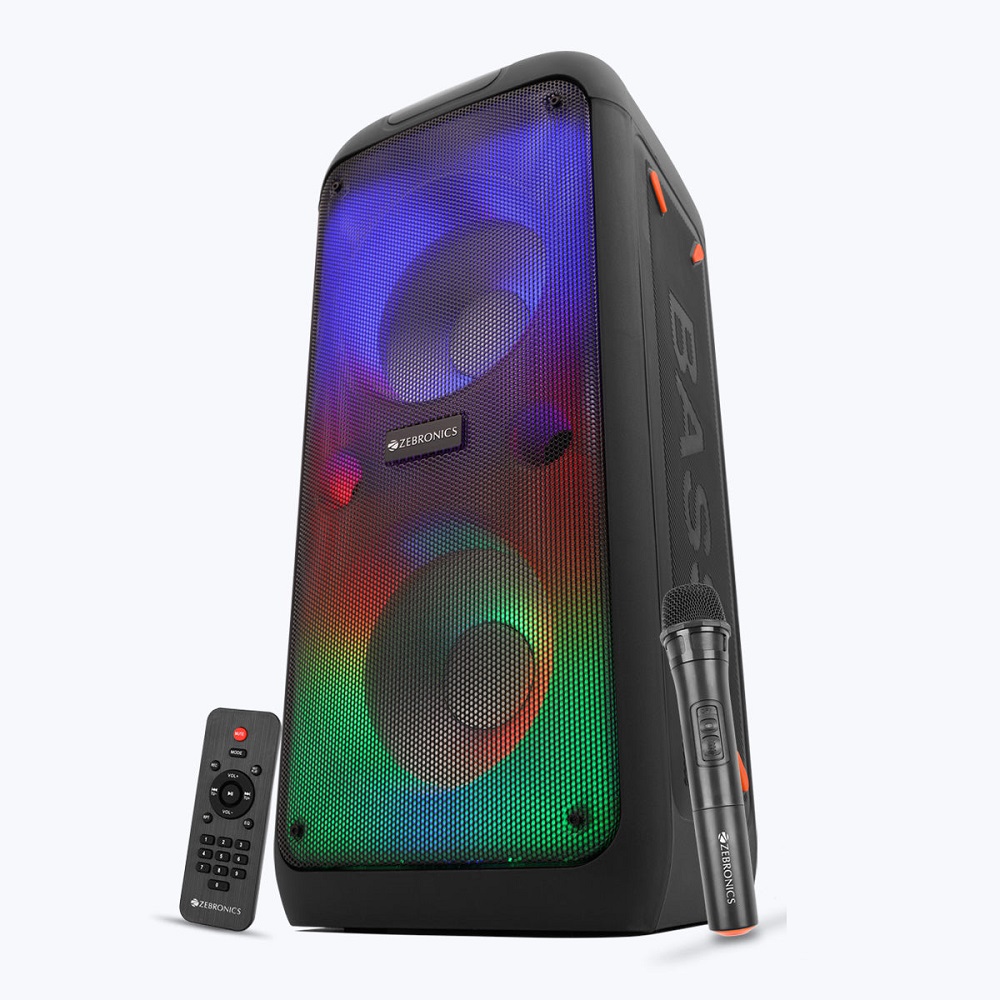Introduction to Remote Control Technology
Remote controls for speakers have seamlessly integrated into our daily lives, transforming how we interact with electronic devices. From televisions to speakers, they simplify our experience, allowing us to adjust settings without physical contact. This convenience is particularly notable in speakers. With the sheer variety of audio devices available today, manufacturers have adopted remote control technology to enhance user experience.

For decades, audio technology has advanced significantly. Early audio systems were bulky and limited in function. Users had to get up to change the volume or switch tracks. However, the introduction of remote controls revolutionized the way we enjoy music. Instead of walking to the device, you could control it from a distance. This change brought a level of comfort that we had never experienced before. As audio technology improved, so did the remotes. Today’s remote controls for speakers are often compact, multi-functional, and designed for ease of use.
Types of Remote Controls for Speakers
Infrared Remote Controls
Infrared (IR) remote controls have been around for many years. They communicate using infrared light signals that transmit commands. The remote sends a signal to a sensor on the speaker. When you press a button, the signal travels from the remote to the device. This type of remote is common for home audio systems.
One of the benefits of IR remotes is their simplicity. They require no additional setup, making them user-friendly. However, they do have limitations. For example, they need a clear line of sight to function properly. If something blocks the path between the remote and the speaker, it won’t work. This can be frustrating, especially in larger rooms or complicated setups.
Radio Frequency Remote Controls
Radio frequency (RF) remote controls for speakers took things to another level. Unlike IR remotes, these use radio waves. This means they don’t require a line of sight to work. You can control your speaker from another room, which brings added convenience. RF remotes also have a longer range than infrared models.
The downside of RF remotes is that they can sometimes interfere with other devices operating on similar frequencies. However, many modern RF remotes come with features to minimize this issue. They can connect multiple devices, allowing you to manage your audio system more effectively.
Bluetooth and Smart Remote Controls
Bluetooth remotes represent the latest in remote control technology. They connect to devices wirelessly, making them incredibly versatile. With a Bluetooth remote, you can control your speaker from your smartphone, tablet, or dedicated remote. Many smart home systems also integrate Bluetooth speakers and controls. This makes managing your audio very convenient.
Smart remote controls often come with apps that allow for even more functions. Through an app, users can customize settings, create playlists, and adjust EQ settings effortlessly. This level of control was unheard of a few decades ago.
Benefits of Using a Remote Control for Speakers
Enhanced Convenience
One of the primary benefits of using a remote control for speakers is convenience. Imagine enjoying your favorite music while relaxing on the couch after a long day. Instead of getting up to adjust the volume or change the track, you can do it effortlessly from your seat. This convenience allows for a more relaxed atmosphere in your home.

Moreover, remote controls provide more than mere volume adjustments. Many remotes allow you to switch between inputs, optimize audio settings, and even control connected devices. This versatility is crucial, especially in setups that involve multiple components, such as streaming devices and soundbars.
Increased Engagement and Experience
A remote control enhances your overall listening experience. With the ability to adjust settings on the fly, you’re more likely to experiment with your audio. For instance, if you’re hosting a party, you can easily change the mood by selecting various genres and adjusting sound settings. This flexibility helps create the perfect atmosphere, allowing guests to enjoy music the way they like it.
Furthermore, many remotes are designed with ergonomics in mind. They fit comfortably in your hand and often have user-friendly layouts. This design helps users focus on the music rather than fumbling with buttons. Whether you’re creating a cozy environment for movie night or pumping up the energy at a gathering, a remote control serves as an essential tool for ensuring the experience is enjoyable.
Accessibility Features
Accessibility is another critical benefit. Remote controls expand the ability of diverse users to enjoy audio technology. People with mobility challenges find it challenging to interact with devices physically. A remote control allows them to engage with audio systems without needing to move excessively.
In addition, many remotes now include features for visual and hearing impairments. Large, high-contrast buttons make it easier for those with visual impairments to find the right controls. Similarly, advanced audio features ensure that everyone can enjoy their favorite tunes, regardless of their abilities. By providing greater access, remote controls contribute to an inclusive audio experience.
Features to Look for in a Remote Control for Speakers
Compatibility
When choosing a remote control for your speakers, compatibility is critical. Ensure that the remote you select works seamlessly with your audio device. Many speakers offer brand-specific remotes, while some operate universally. Universal remotes provide more flexibility, allowing you to control multiple devices with one remote.
Before purchasing a remote, check the specifications. Look for details about supported brands and device types. This step ensures that you don’t invest in a remote that won’t serve your needs.
Ergonomic Design
Comfort matters when using a remote control. An ergonomic design makes handling the remote easy, especially during long listening sessions. Features such as a comfortable grip and well-placed buttons can drastically improve user experience.
Additionally, consider the remote’s size. A compact remote is easier to handle and store, but not at the expense of usability. It’s essential to find a balance between size, comfort, and functionality.
Battery Life
Battery life is another crucial feature to consider. You don’t want to deal with the frustration of a remote running out of power during an essential moment. Many remotes use long-lasting batteries, while others are rechargeable. Rechargeable options can save money and are environmentally friendly.
In cases of standard batteries, check for how long the remote can function before needing a replacement. Long battery life will minimize interruptions.
Integration with Smart Home Systems
The Rise of Smart Home Technology
Smart home technology has gained immense popularity in recent years. More households embrace devices that can connect and communicate with each other. Speakers are no exception to this trend. Many modern speakers now come equipped with smart technology, allowing you to control them through voice commands or smartphone apps.
This integration elevates the functionality of remote controls. You can often control the speaker even when you’re not in the same room. Imagine lying in bed and dimming the lights while playing your favorite playlist simultaneously. Smart home technology makes this possible.
Benefits of Smart Integration
The primary benefit of integrating remote controls with smart home systems is convenience. With the right set-up, you can control everything from lighting to sound using one app or voice command. This simplification can save time and effort, especially for tech-savvy users.
Moreover, smart integration allows for automation. You can set schedules for music playback or connect the speaker to your home security system. This added layer of functionality enhances user experience significantly.
Choosing the Right Speaker Remote for Your Needs
Assessing Your Audio Setup
Before purchasing a remote control for your speaker, it’s essential to assess your audio setup. Understand what devices you have and how they interact. If you have multiple audio sources, look for a remote that can handle everything. This might involve investing in a universal remote.
Additionally, consider how often you listen to music and in what settings. Do you often host parties? Or are you a solo listener? Identifying your needs will guide you to the most suitable remote.
Budget Considerations
Budget will also play a significant role in your decision. Research the price range of different remote controls. High-end models often come with advanced features but may not be necessary for everyone. Conversely, cheaper models might lack essential functions. Find a balance that meets your needs without overextending your budget.
Troubleshooting Common Issues with Remote Controls
Connectivity Problems
In today’s world, connectivity issues often arise. If your remote control for speakers isn’t working as expected, there may be several reasons. First, check if the batteries need replacing. A weak battery can lead to erratic behavior.
Also, assess the placement of your speaker. If it’s too far from the remote’s signal range, consider moving it closer. For Bluetooth remotes, make sure the devices are paired correctly. Sometimes, un-pairing and re-pairing the device can solve the problem.
Button Malfunctions
Over time, remote controls for speakers may exhibit button malfunctions. If certain buttons do not respond, it might be a sign of dust accumulation or wear. Cleaning the remote gently with a soft cloth can resolve minor issues.
If cleaning does not help, it may be time for a replacement. Checking for warranties before making a purchase can save you costs.
Conclusion: The Future of Remote Controls for Speakers
Emerging Technologies
The future of remote controls for speakers is bright. Emerging technologies like voice recognition and AI offer new avenues for control. Imagine controlling your music system just by speaking commands. This could become a reality sooner than we expect. Voice-activated speakers are already prevalent; integrating similar technology in remote controls for speakers could be the next step.
Additionally, we may see advancements in haptic feedback and touchless controls. These innovations aim to enhance the user experience further and make interactions intuitive and enjoyable.
Staying Informed
As technology continues to evolve, staying informed is crucial. Following audio technology trends can help you choose devices that serve your interests. Whether you’re looking for a simple remote or a smart control option, choices abound. As a result, investing in the right remote can maximize your music experience and breathe new life into your audio setup.
In conclusion, remote controls for speakers have come a long way. They enhance convenience, accessibility, and overall user experience. With various options available, selecting the right remote depends on personal needs and preferences. By considering the features and technology available, you can find a remote that will significantly improve how you enjoy your audio.



